No visit to Tadoussac is complete without a stroll down Rue du Bord-de-l'Eau to admire the bay and its sheltered marina. This street captures the very soul of Tadoussac. It's easy to understand why locals remain captivated by the views before them - since 2000, Tadoussac Bay has belonged to an exclusive club of the world's most beautiful bays, alongside San Francisco Bay and the Bay of Mont-St-Michel in France.
Standing proudly over the bay is an unmistakable landmark: the elegant white-and-red Hôtel Tadoussac. Everything about this property speaks to its exceptional character - from the vibrant flower gardens and towering trees that surround it, to its history-rich interior with period furnishings, renowned dining room, and breathtaking views.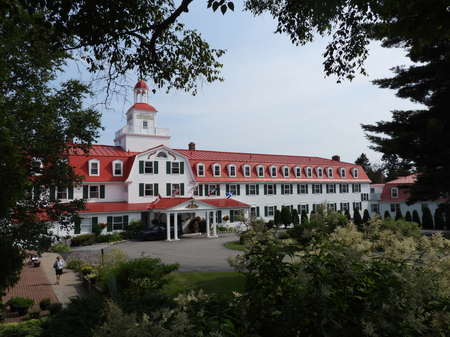
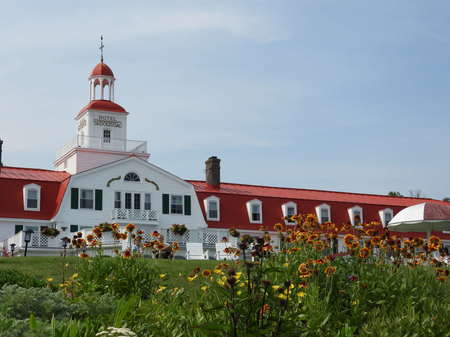
The story of the hotel begins in 1864, when wealthy families from Montreal and Quebec City built the original Hôtel Tadoussac. That first building boasted a grand façade with twelve windows spread across three floors. After changing hands in 1879 for $12,000, it underwent its first major renovation in 1888. Sadly, the original hotel was destroyed in the fall of 1941.
A new chapter began in 1942, when William Hugh Coverdale, an Ontario businessman and president of Canada Steamship Lines, rebuilt the hotel. When it opened its doors on June 27th that year, the new hotel offered 137 rooms to welcome guests.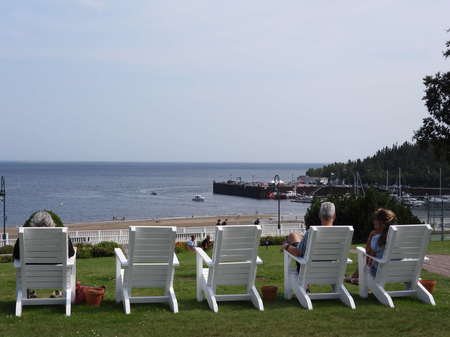
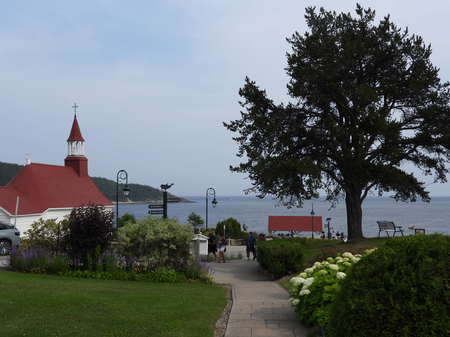
Today's Hôtel Tadoussac carries forward its rich heritage while embracing the future. Though it has changed hands several times, it remains a cherished destination for travelers from around the world.
At the helm since 2000 is Tina Tremblay, who brings her own deep connection to Tadoussac. A graduate of Université Laval's business program in 1981, Tina joined the hotel as financial controller in 1985. She has guided the property through five different ownerships, including three changes between 2005 and 2016, when it was acquired by its current owner, a Canadian real estate management company.
The hotel's reputation as a regional leader in sustainable development owes much to Tina's dedication. Her commitment runs deep - not only does she work on Rue du Bord-de-l'Eau, she calls it home. Born in Tadoussac, she grew up playing on these very grounds and the nearby beach, where her grandmother also lived.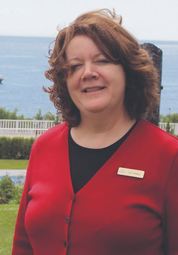
Today's guests can enjoy a full range of activities - from swimming and tennis to hiking and whale-watching excursions. The celebrated Coverdale dining room anchors the culinary experience, complemented by two additional venues: William and Café Lounge Coquart. With 60% of visitors coming from Europe, and year-round conference facilities hosting up to 200 people, the hotel buzzes with international energy.
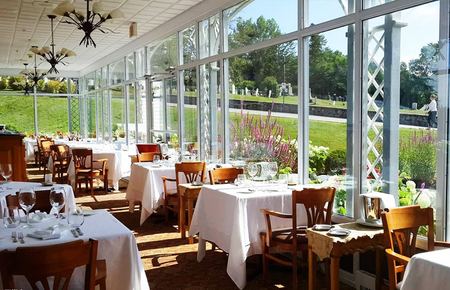
Each June, Tadoussac welcomes the Happening des arts, launching the summer season. In 2025, from June 6th to 8th, artists will once again transform the streets into living galleries, creating works in real time across promenades and outdoor spaces - a truly immersive celebration of art against a stunning backdrop.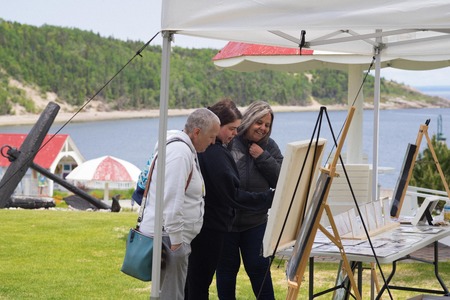
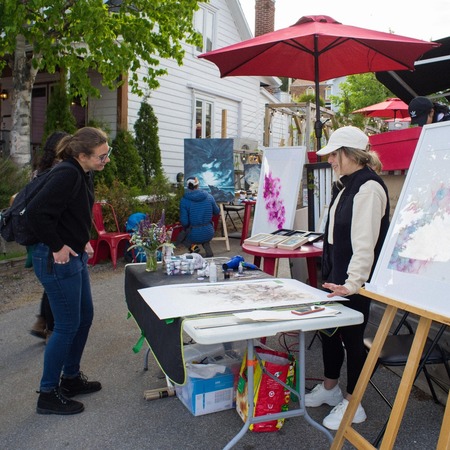
The Hôtel Tadoussac remains a key partner of this event, which grew from the Tadoussac Song Festival that Tina helped create in 1984. Each year, she also welcomes medical students from Université de Sherbrooke, who combine their conference with enjoying the festival's performances.
Tina's connection to local heritage extends beyond the hotel - she co-owns the historic Maison Tremblay, her family's home for four generations. Now available for rental, this century-old house offers a unique gathering space where families can come together, accommodating up to ten guests across five bedrooms.
Hôtel Tadoussac
hoteltadoussac.com
165, Rue du Bord-de-l'Eau
Tadoussac, QC G0T 2A0
(418) 235-4421


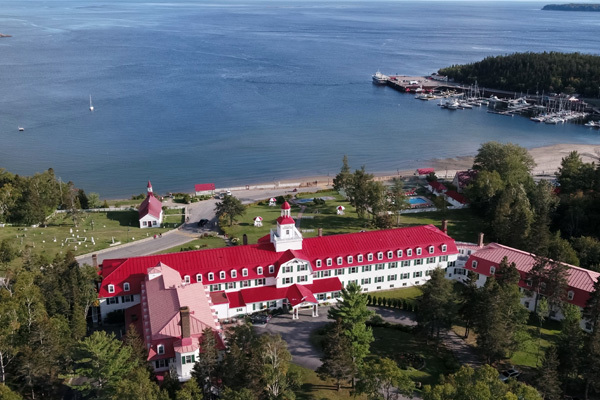
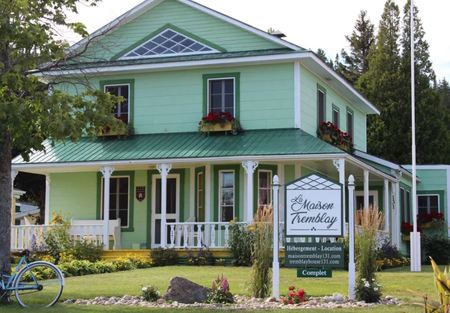
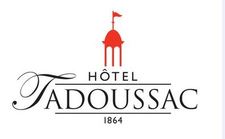

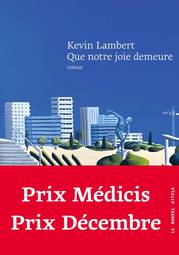
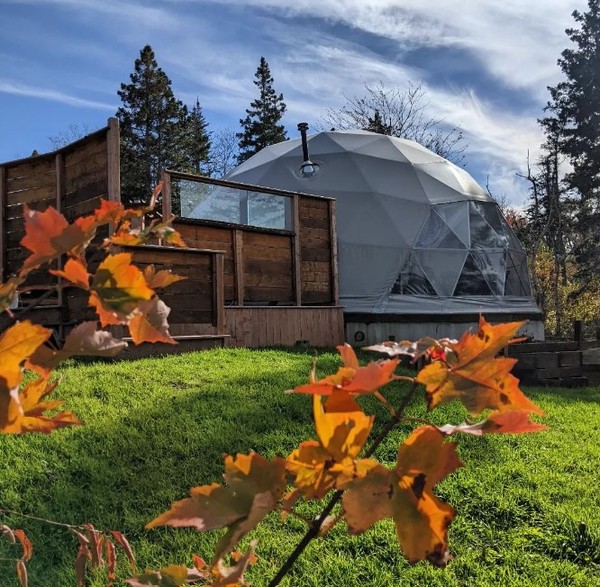

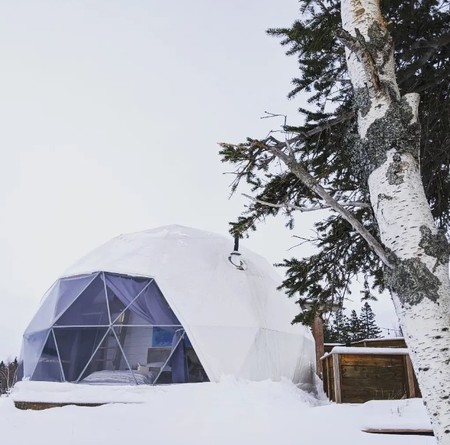
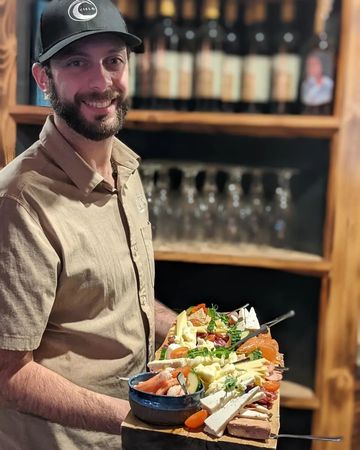
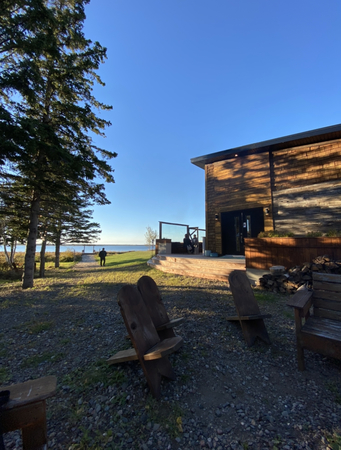
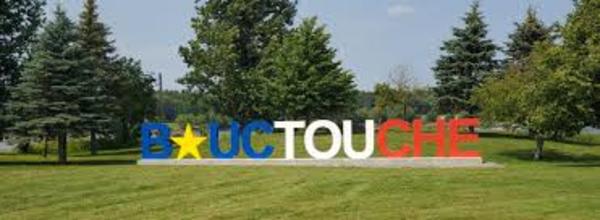
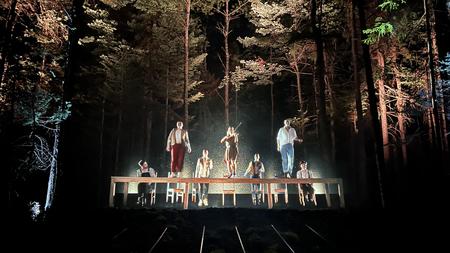
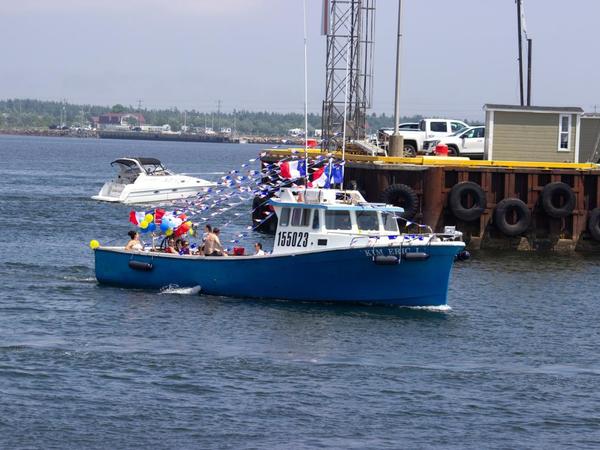
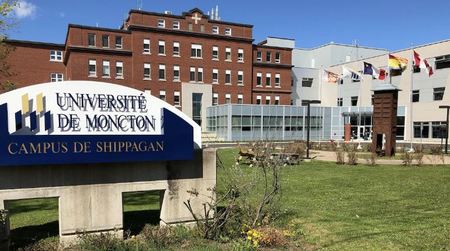
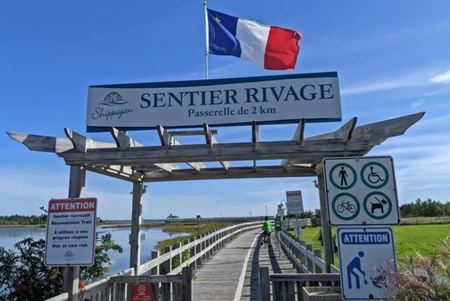
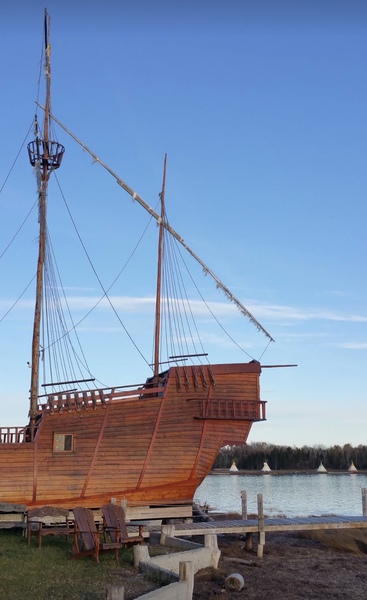
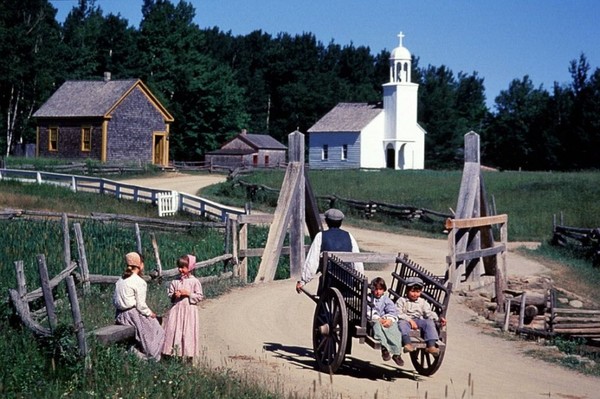
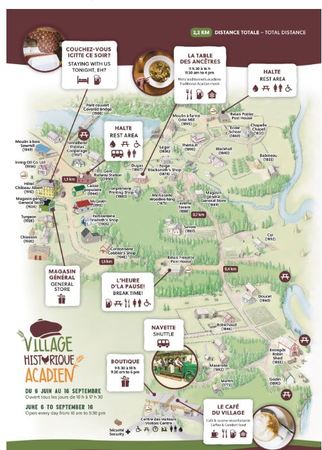
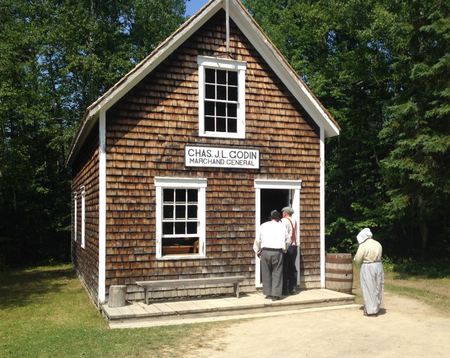
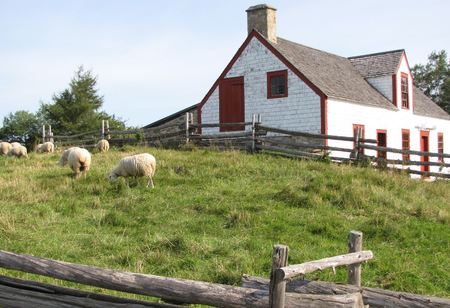
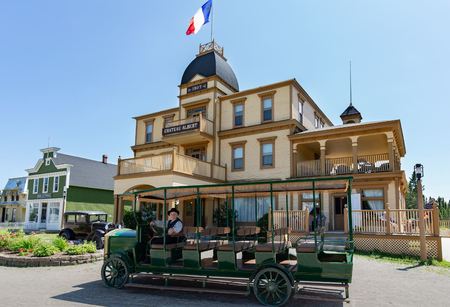
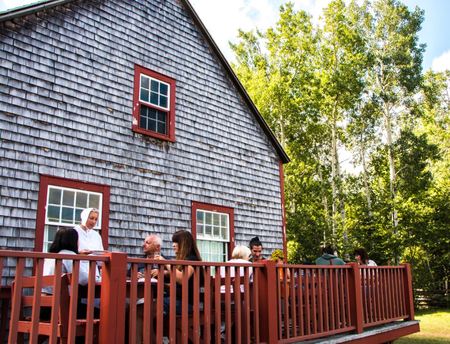



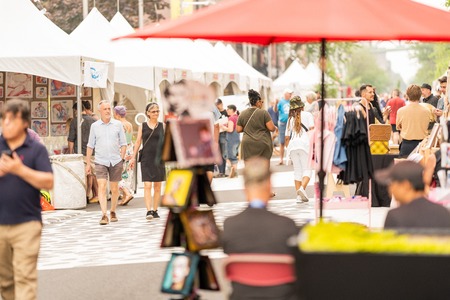
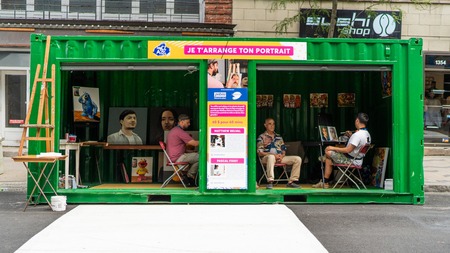
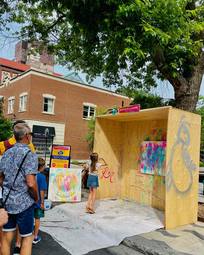
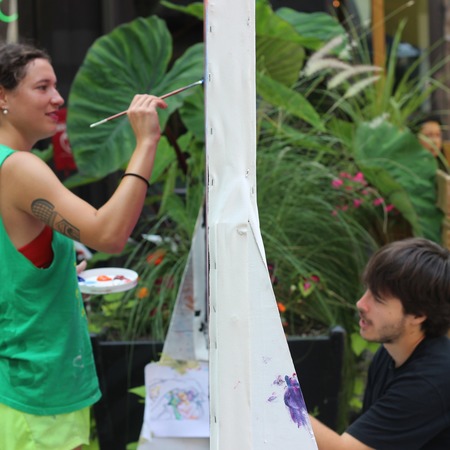

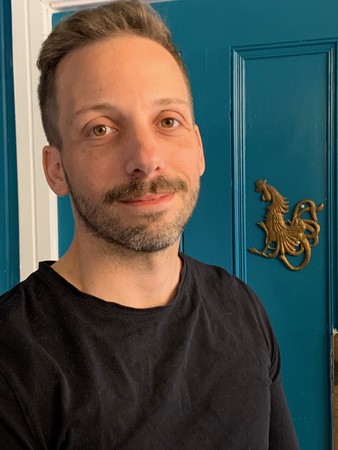

 With Dan Robichaud, from the film Daniel Le Tisserand
With Dan Robichaud, from the film Daniel Le Tisserand
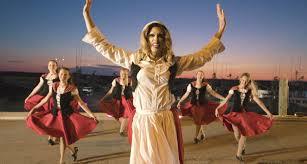

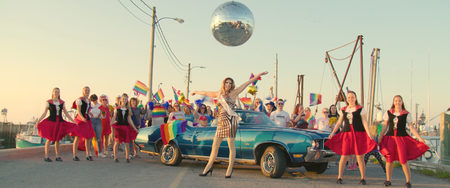


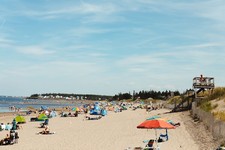
 Sébastien, Heather, and their children.
Sébastien, Heather, and their children.